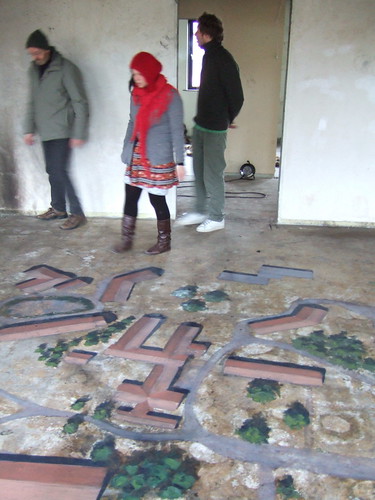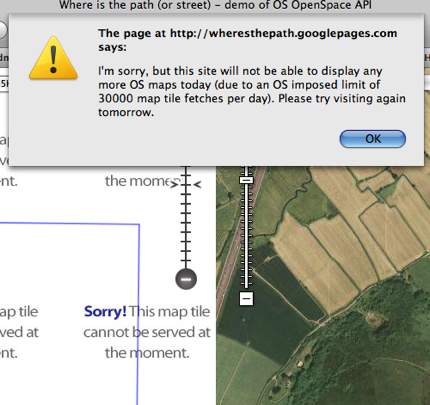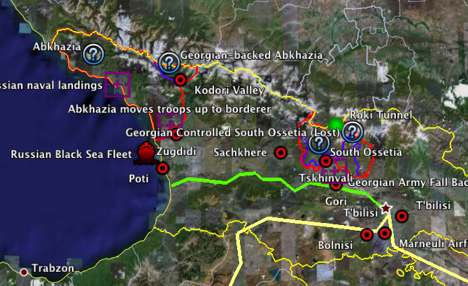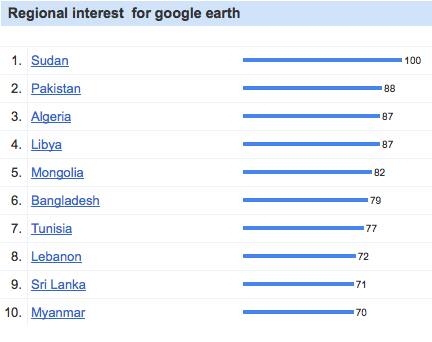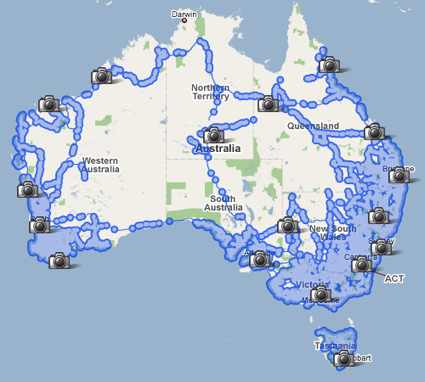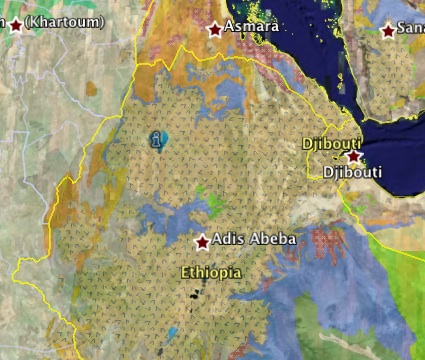So somebody wrote a press release yesterday about Google Earth Magnetic Cows, but it sounded so silly that I decided to go for celebratory end-of-panorama-trip cocktails instead of dirtying my blog with it. Imagine my surprise to see it hit the interwebs with a vengeance today, but the greatest surprise of all was that only one blog so far, The Earth is Square, has reported this “news” skeptically. [I just noticed Google Earth Blog is also skeptical:-)]
The bottom line: It’s entirely possible that cows have a magnetic sense, but we’re not going to find out about it by looking at Google Earth. What possible fallacies might there be? I came up with these in, oh, a few seconds:
- What cow? Have you ever seen a cow on Google Earth? Are you sure? Most of Google Earth’s imagery is not in high enough resolution to let you discern cow from car from tent from bear. And you certainly can’t tell which end is up, so to speak. In any case, your sample population of successfully found cows is bound to be miniscule compared to the total population.
- Now cow? The imagery in Google Earth is exclusively taken on cloudless days — or we wouldn’t have had the imagery. Are we sure the cows weren’t using the sun to align themselves, say to maximize solar exposure in winter and minimize it in summer? As the best satellite photos are taken when shadows are at a minimum, i.e. noon, that alone would lead to aligned cows.
- Stupid cow: Cows are walking stomachs. If they hit a fence while grazing, they will move along it. At most, this study tells us that fences have a slight preponderance to point North-South — and fences are even harder to see on Google Earth than cows.
So what happened? Either this story is an elaborate hoax, or it isn’t and these scientists are just not very good, or the story has been reported inaccurately. It’s a cow toss as to which of these explanations is the right one, but I suspect hoax, in part because of the study’s claim that it could discern a predispostition in cows for magnetic north over true north — a difference that is miniscule in most places on Earth. It doesn’t help that you have to pay the US National Academy of Sciences $10 to read the paper — that’s the price of a cocktail here in Stockholm, one which I’m about to go buy.
